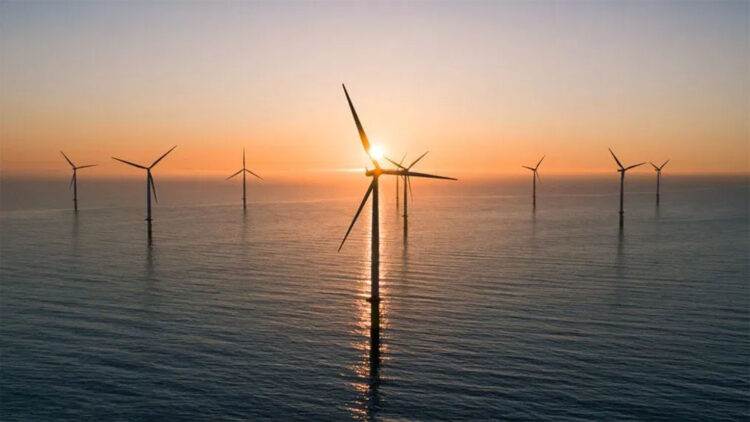For a cleaner, and more intelligent method to power its cities, the State of New York is placing a large bet on floating energy. The state intends to transform rivers, lakes, and coastal areas into renewable energy sources with an unprecedented $1 billion pledge made by Governor Kathy Hochul under the Sustainable Future Program.
In order to create a modular system that can expand as needs change, the proposal focuses on floating power platforms that can house floating solar energy in addition to wind, tidal, and even natural gas turbine devices. Why is this now important? Environmental engineers are searching for methods to cut emissions without compromising aesthetics since climate change is already testing metropolitan grids.
Through the improvement of efficiency, land liberation, and energy resilience, this effort establishes New York as a leader in the energy transition.
The functions of floating energy
Power is produced by structures above bodies of water using floating energy. So by using water surfaces, like rivers, lakes, and coastal zones, it leaves frees up space for homes, businesses, or parks. This can be very beneficial in highly populated areas with limited land and the potential disruptions because of construction work.
Because the platforms are modular, capacity can increase over time. Operators can add more units when demand increases, or they can remain constant when demand decreases.
Additionally, there is a natural performance benefit. Water naturally cools machinery, lowering heat loss during production and increasing overall effectiveness. In actuality, this implies that more useable electricity can be produced by the same sun or wind. In order to reduce maintenance issues and increase reliability, engineers and scientists have created strong, corrosion-resistant structures that can function for extended periods of time in challenging aquatic conditions. Larger-scale projects are now feasible in rivers, lakes, and coastal waters because to their durability and modular design.
Access is yet another major advantage. Certain towns lack traditional infrastructure or are at risk of flooding. Floating platforms can provide clean electricity without causing significant land disturbance in areas that were previously thought to be unsuitable for large electricity facilities.
The project benefits and the $1 Billion Push
Kathy Hochul announced a $1 billion commitment through the Sustainable Future Program, and New York’s floating energy effort is part of a larger commitment to clean power. The state’s objectives are very clear: lower greenhouse gas emissions, increase the dependability of energy resources, and promote economic growth. The project intends to reduce reliance on fossil fuels and provide a steady supply of electricity to homes by implementing modular platforms that can contain floating solar, wind, and tidal energy devices (and, where appropriate, natural gas turbines).
Compared to massive land-based plants, floating platforms reduce habitat disruption and land use by exploiting previously unused water surfaces. Then, over time, water’s cooling impact can improve efficiency and contribute to lower running costs. Finally, flexible distribution across multiple locations improves accessibility and resilience, giving more places consistent electricity even during severe storms.
A path to clean power
New York’s plan shows a way to innovation and potentially help solving everyday demands about cleaner electricity. By transforming waterways into functional energy sites with modular platforms, the State of New York is contributing to the energy transition in a way that is simple for people to understand and benefit from.
The United States appears to be moving forward with a course that safeguards our planet, despite President Donald Trump calling climate change “the greatest con job ever perpetrated on the world” at the most recent United Nations General Assembly. The initiative turns a clear idea into useful infrastructure for a more environmentally friendly future.

